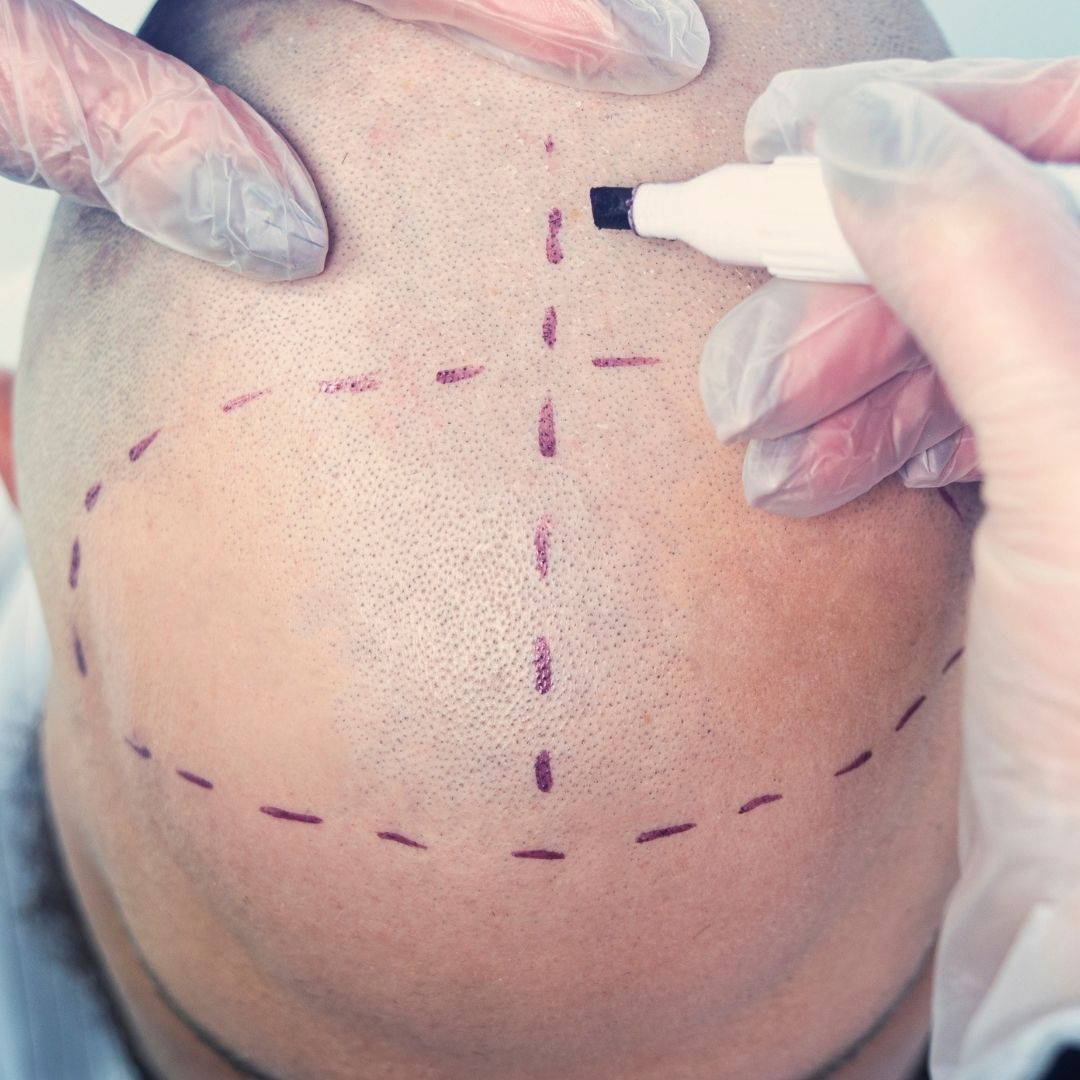.jpg)
DHI vs FUE
Hair loss is a common problem that affects many people, both men and women. The causes of hair loss can range from genetics to stress, and the effects can be devastating. Fortunately, there are many hair restoration options available, including hair transplant procedures such as fue vs dhi.
If you are considering a hair transplant, you may be wondering which procedure is right for you. In this article, we will explore the differences between dhi vs fue hair transplant procedures to help you make an informed decision.
DHI vs FUE Hair Transplant: What are They?
If you are considering a hair transplant, you may have come across the terms fue vs dhi transplant. These are two of the most popular hair transplant techniques that are widely used today. In this article, we will take a closer look at dhi vs fue hair transplant procedures, how they work, and what sets them apart.
Direct Hair Implantation, or dhi hair transplant, is a technique that involves extracting hair follicles individually and implanting them directly into the recipient area using a specialized tool called a Choi pen. Unlike other hair transplant techniques, dhi hair transplant does not require the creation of incisions or holes in the recipient area, which means that there is minimal trauma to the scalp and no scarring. Dhi transplant is an excellent option for patients who have a significant amount of hair loss and want a full head of hair.
Follicular Unit Extraction, or FUE, is a minimally invasive hair transplant technique that involves extracting hair follicles individually using a specialized punch tool and then implanting them into the recipient area. Unlike dhi transplant, FUE requires the creation of small incisions or holes in the recipient area, which may result in some scarring. FUE is an excellent option for patients who want a natural-looking hairline without the need for a long recovery period.
Differences of fue vs dhi
Both DHI and FUE hair transplant procedures have their unique advantages and disadvantages. Here are some of the main differences between these two techniques:
Implantation Process: The primary difference between fue or dhi techniques lies in the implantation process. In the dhi transplant technique, individual hair follicles are implanted directly into the recipient area using a Choi Implanter. In the FUE technique, on the other hand, hair follicles are implanted into small incisions made in the recipient area.
Accuracy: The DHI technique is known for its high level of accuracy. Because the hair follicles are implanted directly into the recipient area, the surgeon has complete control over the placement and angle of each hair follicle. In contrast, the FUE technique can sometimes result in hair follicles being implanted at incorrect angles, which can lead to an unnatural appearance.
Recovery Time: The recovery time for the DHI technique is generally shorter than that of the FUE technique. Because there are no incisions made in the scalp during the dhi hair transplant procedure, patients typically experience less swelling and discomfort than they would with FUE.
Cost: The cost of fue or dhi hair transplant procedures can vary depending on several factors, including the number of hair follicles to be transplanted and the geographic location of the clinic. However, in general, the dhi hair transplant technique tends to be more expensive than the FUE technique due to the specialized equipment required.
DHI vs. FUE: Which is Right for You?
Now that you understand the differences between DHI and FUE hair transplant procedures, you may be wondering which one is right for you. Here are some factors to consider when making your decision:
Hair loss severity: The severity of your hair loss can play a role in which procedure is right for you. If you have significant hair loss, the FUE technique may be a better option as it allows for the transplantation of a larger number of hair follicles.
Desired outcome: Your desired outcome can also impact which procedure is right for you. If you are looking for a highly precise and natural-looking hairline, the dhi hair transplant technique may be the better option. If you are looking for a more cost-effective solution, the FUE technique may be the better option.
Recovery time: If you are concerned about recovery time, the dhi transplant technique may be the better option as it generally involves a shorter recovery period than the FUE technique.
Budget: Finally, your budget can also impact which procedure is right for you. If cost is a significant factor, you may want to consider the FUE technique, which tends to be less expensive than the dhi hair transplant technique.
Ultimately, the decision between fue or dhi hair transplant procedures will depend on your individual needs and goals. It is essential to consult with a qualified hair transplant surgeon who can assess your hair loss and recommend the best procedure for you.
DHI and FUE: The Future of Hair Transplantation
As technology continues to advance, the field of hair transplantation is rapidly evolving. Both DHI and FUE hair transplant procedures have come a long way since their inception, and new advancements are continually being made.
One of the most exciting developments in the field of hair transplantation is the use of robotic technology. Robotic hair transplant procedures, such as the ARTAS system, offer a high level of precision and accuracy that is unmatched by manual techniques. The ARTAS system uses artificial intelligence to identify the best hair follicles for extraction and implantation, resulting in a highly precise and natural-looking hairline.
Another exciting development in the field of hair transplantation is the use of stem cell therapy. Stem cell therapy involves the use of a patient’s own stem cells to promote hair growth and repair damaged hair follicles. While stem cell therapy is still in the early stages of development, it holds tremendous promise for the future of hair restoration.
The Study of Dhi vs Fue Hair Transplant
A recent study published in the International Journal of Dermatology examined the outcomes of robotic hair transplant procedures, specifically focusing on the ARTAS system. The study found that robotic-assisted hair transplants using ARTAS demonstrated exceptional precision and accuracy, leading to highly natural-looking results. This research underscores the potential of robotic technology in improving the field of hair transplantation, offering patients an advanced and effective option for restoring their hair.
Conclusion
DHI and FUE hair transplant procedures are both effective methods of hair restoration, each with its unique advantages and disadvantages. Ultimately, the choice between these two techniques will depend on your individual needs and goals.
If you are considering a hair transplant, it is crucial to consult with a qualified hair transplant surgeon at Healthy Türkiye who can assess your hair loss and recommend the best procedure for you. With the help of modern technology and advancements in the field of hair transplantation, you can achieve a full and natural-looking head of hair and regain your confidence and self-esteem.



